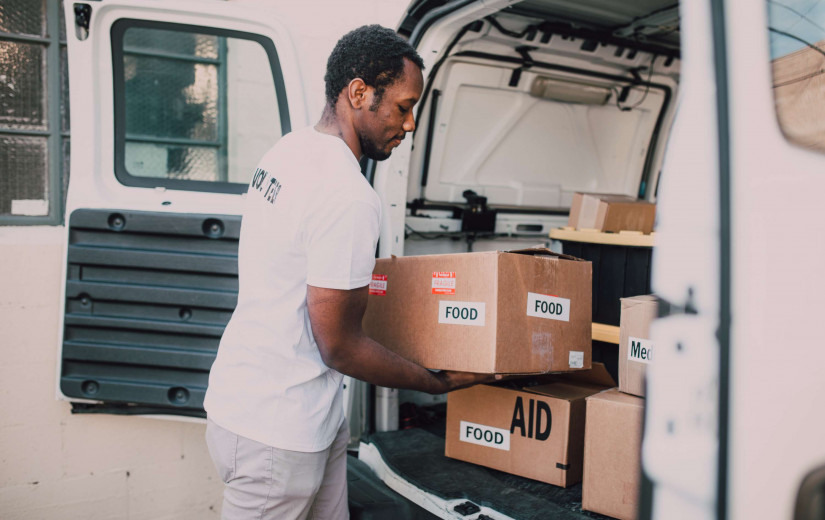How to Make Healthy Choices with Your SNAP Benefits
The food you eat fuels your body, and finding nutritious options that fit within your budget can be a challenge. For low-income individuals and families, SNAP benefits can provide a vital resource to access healthier and more nutritious foods, empowering you to take control of your health and well-being.
Since its conception, SNAP has significantly impacted the fight against hunger in the country. However, there is a common misconception that SNAP promotes food purchases without nutritional requirements.
While it is true that no specific dietary guidelines are required for SNAP purchases, the program has evolved to focus on helping people make healthier choices.
Here are four practical ways to help SNAP participants access and prioritize healthier food options:
1. Participate in a SNAP-Ed Nutrition Class
SNAP-Ed is a federally funded program that helps SNAP participants stretch their food dollars through education. Topics covered include nutrition, food safety, and physical activity. Classes and demos are held at local farmers' markets, or you can browse the SNAP-Ed library for tools and resources.
2. Shop at a Farmers' Market
Farmers' markets often accept electronic benefit transfer (EBT) cards, a monthly benefit given to eligible households, making them a great option for purchasing healthy, fresh foods. Many USDA farmers' markets participate in programs that help low-income individuals and families afford these healthy options. Discover new foods and connect with local farmers and producers.
3. Use the Shop Simple App
The MyPlate Shop Simple app helps you make informed decisions when buying healthier foods and provides tips for budget-friendly meals. Enter your zip code to find nearby stores and rewards offerings that support the iSNAP program.
4. Consider SNAP Healthy Incentive Programs
Some states offer programs incentivizing SNAP participants to purchase healthy foods like fruits, vegetables, and lean proteins. Incentives can include coupons, discounts, gift cards, bonus food items, or additional SNAP funds added to the EBT card when purchasing specific foods.
Conclusion
SNAP provides a critical resource for many low-income families to purchase healthy foods. With federal and state programs supporting SNAP-Ed and other initiatives, there are many ways to use the benefits to purchase healthy and nutritious foods. These initiatives are here to help you, guiding you towards healthier choices that can improve your physical health and overall well-being.
Related Article: Balancing Choice And Responsibility In SNAP Reform

















